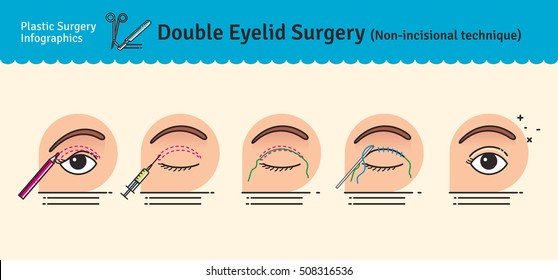Refractive Lens Exchange (RLE) Is A Different To LASIK For Individuals That Wish To Prevent The Risks Of Laser Vision Adjustment

Content writer-Heide Deleon
This procedure removes the eye's all-natural lens and also replaces it with a fabricated intraocular lens, or IOL. RLE is especially useful for clients over 40 who have problems with presbyopia and also cataracts. The durable artificial lenses implanted in RLE don't age, so they can keep you seeing plainly for years to come.
What is RLE?
Refractive Lens Exchange After Lasik (RLE) is a vision modification treatment for patients with high refractive errors. It is likewise used to treat presbyopia, which is the all-natural propensity for our eyes to lose their capability to focus at distances.
RLE can be a fantastic option for patients that have actually previously attempted LASIK however had bad results. Normally, individuals that more than 45 and have trouble analysis without glasses are great prospects for RLE.
Astigmatism After EVO ICL Surgery is quick, and many people notice enhancement in their vision promptly after surgical procedure. Nonetheless, it can spend some time for the eye to recover completely and also for the vision to maintain.
The main advantage of RLE is that it gives an extra secure vision end result than LASIK, which might deteriorate over time as the corneal thickness changes. This can trigger problems like completely dry eye, flap flaws as well as vision loss.
Exactly How Does RLE Work?
RLE is a treatment that changes your natural lens with a man-made intraocular lens (IOL). The IOLs are similar to the lenses that you receive after LASIK and also other modern-day eye surgery treatments.
The IOLs appropriate incorrect light refraction and also enhance your eyesight. They are a long-term service for certain eye conditions such as hyperopia (farsightedness), myopia (nearsightedness), and also astigmatism.
If you have a refractive mistake that makes it impossible for other restorative surgeries to fix, after that RLE may be the only choice readily available to you. This is particularly real if you have presbyopia or struggle with severe farsightedness (hyperopia) as well as are not a candidate for LASIK or other vision improvement surgeries.
In the same way that cataracts can be prevented by executing cataract surgical treatment before they develop, RLE can prevent you from needing to go through a corneal transplant and lens substitute surgical treatments later in life. https://zenwriting.net/forest18krissy/exactly-how-to-reduce-the-price-of-lasik-surgical-procedure of retinal detachment is likewise dramatically minimized in this scenario.
Is RLE Much Safer than LASIK?
While LASIK continues to be the most typical vision improvement treatment in the USA, RLE can be an alternative for clients that do not get LASIK due to age or various other wellness concerns. It's a risk-free, reputable surgical treatment with solid client fulfillment and also quick recuperation times.
RLE is a refractive lens substitute, which implies that the eye's natural lens is removed and also changed with a man-made intraocular lens (IOL). These lenses can be monofocal, multifocal, or suiting.
Multifocal lenses allow you to see at 3 distinct ranges while fitting lenses readjust in the eye as your eyes change focus. These types of lenses can assist you conquer presbyopia and also boost your nearsightedness and also range vision, making them a superb option for clients who desire a permanent solution.
Just like LASIK, RLE is an elective surgery that is normally not covered by insurance coverage. However, lots of clinics supply funding options so you can afford the procedure and get the top quality vision you prefer.
Is RLE A Lot More Inexpensive than LASIK?
LASIK is a popular eye surgical procedure that utilizes lasers to remedy refractive mistakes such as nearsightedness, farsightedness or astigmatism. Nonetheless, it's not the only procedure that can deal with vision issues.
RLE, or Refractive Lens Exchange, is another typical surgical treatment for vision improvement. Unlike LASIK, which deals with the surface area of the eye, RLE replaces the all-natural lens.
The best prospects for RLE are people over the age of 40. This is since LASIK can not prevent eye conditions like presbyopia or cataracts, which establish as you age as well as influence your vision.
Throughout a RLE treatment, the physician gets rid of the individual's natural lenses and changes them with intraocular implants (IOLs). The IOLs can be light-adjustable or suiting, so they can correct various aesthetic troubles.

